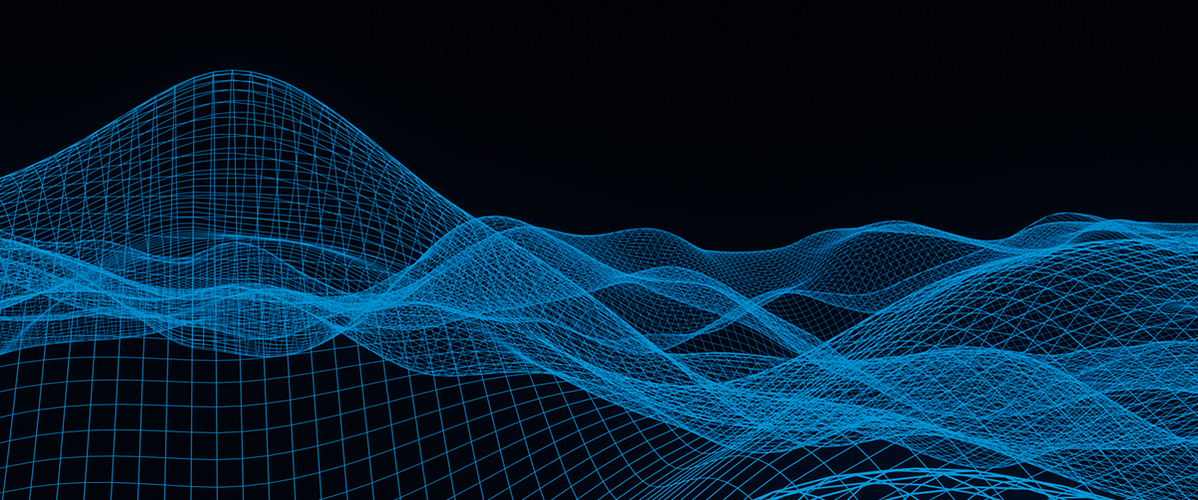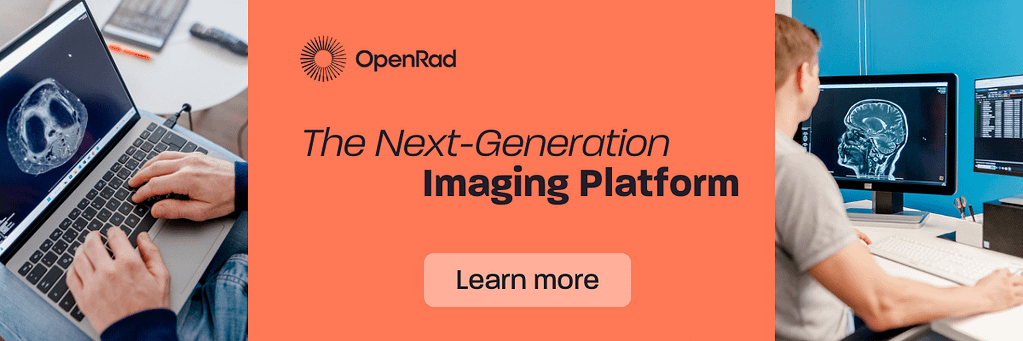A data lake in radiology refers to a sophisticated data storage system designed to efficiently manage the vast and diverse datasets generated by radiological imaging procedures. Let’s have a deeper look at this topic.
📖 Author: Emmanuel Anyanwu | Alberta Health Services, Canada
Unlike traditional storage systems, a data lake allows healthcare institutions and radiology departments to store raw, unprocessed data in its native format, including DICOM files, images, textual reports, patient information, and other related metadata.
This raw data, often in large volumes, can be structured, semi-structured, or unstructured, and is stored in a central repository for advanced analytics, research, and improved patient care.
Radiology, as a field, generates vast amounts of data through medical imaging, including X-rays, MRIs, CT scans, and more.
As medical technology advances, the volume and complexity of this data continue to grow exponentially. To manage this data effectively and harness its full potential, the healthcare industry, specifically radiology departments, is increasingly turning to innovative solutions like data lakes.
Key features of data lakes
- Scalability: Data lakes in radiology are highly scalable and capable of accommodating the exponential growth in medical imaging data. They can seamlessly expand to store petabytes (a million gigabytes) of data, ensuring that radiologists and researchers are not constrained by storage limitations.
- Data variety: Radiological data comes in various formats, such as X-rays, MRIs, CT scans, textual reports, and more. Data lakes can handle this diverse data, allowing for the storage of different file types and data structures in their raw and unprocessed states.
- Schema-on-read: Data lakes follow a schema-on-read approach, enabling flexibility in data interpretation. Unlike traditional databases that require a predefined schema (organisation of data), data in a data lake can be structured or restructured as needed when it is ready for analysis, allowing for adaptability to changing research requirements.
- Integration capabilities: Data lakes can integrate with a variety of analytical and machine learning tools, enabling radiologists and researchers to perform complex analyses, identify patterns, and gain valuable insights from the stored data.
- Data security: Security is paramount in healthcare. Data lakes in radiology employ robust encryption, authentication, and authorisation protocols to ensure the confidentiality and integrity of patient data. Compliance with healthcare regulations, such as HIPAA or GDPR, is a critical aspect of data security in radiological data lakes.
- Collaboration: Data lakes facilitate collaboration among radiologists, researchers, and healthcare professionals by providing a centralised platform where data can be securely shared and accessed. This collaborative environment promotes knowledge sharing and accelerates research initiatives.
Application fields
- Comprehensive storage: Data lakes store a wide array of radiological data, including images, reports, patient histories, and sensor data from imaging devices—offering a comprehensive view of a patient’s medical information.
- Real-time data processing: Data lakes support real-time data processing, allowing healthcare professionals to analyse data as it is generated. This capability is especially valuable in critical situations where timely decision-making is crucial.
- Data governance: Data lakes ensure data governance by enabling metadata management, data lineage tracking, and audit capabilities. These features are essential for maintaining data quality, compliance, and accountability.
- Advanced analytics: By integrating data lakes with advanced analytics tools, radiologists can leverage machine learning algorithms and predictive analytics to enhance diagnostic accuracy, identify disease patterns, and recommend personalised treatment plans.
Data lake benefits
- Enhanced patient care: Data lakes facilitate a comprehensive view of patient data, enabling healthcare providers to deliver personalised and effective care. Analysing diverse datasets helps in early disease detection and improved treatment outcomes.
- Research & innovation: Researchers can explore large datasets, discovering patterns, trends, and potential breakthroughs. This drives medical research, innovation, and the development of new treatments and therapies.
- Operational efficiency: Access to unified, structured, and real-time data optimises hospital workflows, appointment scheduling, resource allocation, and inventory management—leading to improved operational efficiency.
- Cost efficiency: Data lakes offer cost-effective storage solutions, eliminating the need for multiple disparate systems. They also reduce the time and resources required for data integration and analysis.
In summary, a data lake in radiology serves as a powerful solution for managing the ever-growing volume and complexity of radiological data.
It offers scalability, flexibility, data security, and advanced analytical capabilities—empowering healthcare professionals to deliver improved patient outcomes through data-driven insights and evidence-based decision-making.
—
Are you already benefitting from data lakes? Share your experience via the comment section below.
Want to join a great team? Check out our careers section. We are always looking for outstanding talent—from application specialist to software developers.
📷 Photo credits: daniela-mueller.com


